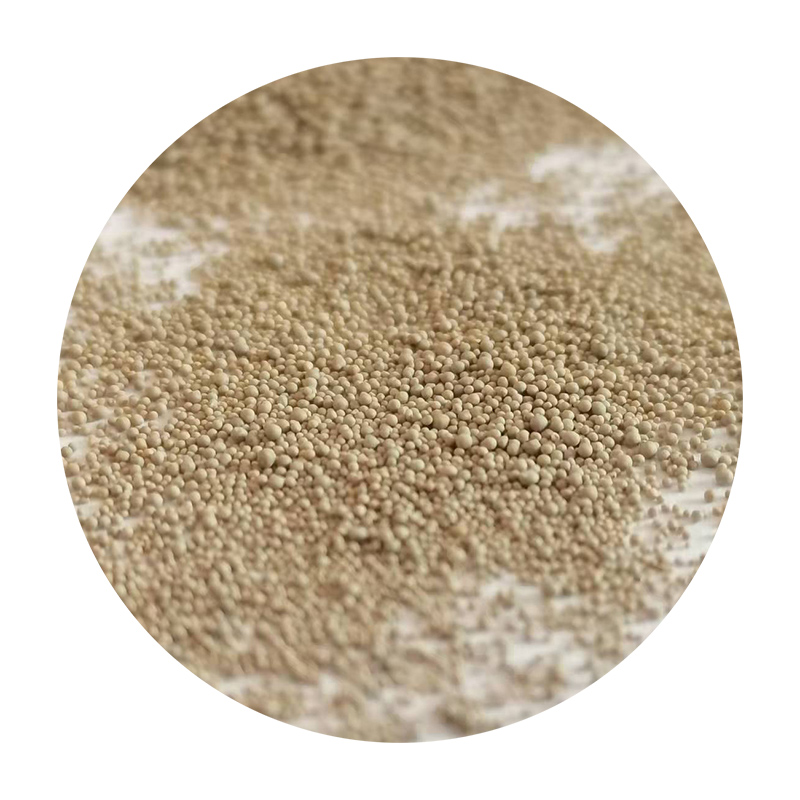The Art and Science of 3D Print Sanding Achieving Flawless Finishes
In the realm of 3D printing, achieving a smooth and aesthetically pleasing finish is often as crucial as the printing process itself. While 3D printers have revolutionized how we create objects, the surfaces of their prints can sometimes leave much to be desired. This is where sanding comes into play, transforming rough, layer-striated prints into polished pieces that are aesthetically appealing and functionally superior.
3D printing works by laying down material layer by layer, which can lead to visible lines and an overall matte finish on the object’s surface. These imperfections are particularly noticeable on detailed prints and can obscure fine features. Thus, sanding becomes an essential post-processing technique that elevates the quality of 3D printed items. The process involves gradually smoothing the surface of the print to achieve a uniform texture.
When preparing a print for sanding, it is crucial to select the right materials and tools. Sandpaper is the most common tool used in this process, available in various grits. Starting with a lower grit sandpaper (like 80 or 120) helps remove prominent layer lines, while higher grits (such as 400 or above) refine the surface to a smooth finish. For complicated geometries, using sanding sponges or blocks can help maintain even pressure, preventing uneven surfaces during the sanding process.
The sanding process is multifaceted and generally follows a few key steps. First, ensure that the print is free from dust and debris. Then, start sanding with a lower grit sandpaper, applying even pressure. Move in circular motions or along the print's natural lines to avoid creating new markings. After the initial sanding stage, switch to a higher grit to smooth out any remaining imperfections. Regularly inspecting the surface during this process is vital, as it allows for adjustments before moving to finer grits.
3d print sanding

Water-sanding is another technique worth considering, particularly for certain materials like PLA and ABS. This method involves using water to lubricate the sandpaper, which can prevent clogging and reduce airborne dust. Additionally, it helps achieve an even smoother finish by allowing finer grits to work more effectively.
Beyond aesthetics, sanding offers practical benefits. A smoother surface enhances the adhesion of paints and adhesives, which is especially important for items intended for further modification or assembly. Moreover, it can reduce friction for moving parts, ultimately contributing to better functionality in mechanical applications.
After sanding, post-processing techniques such as painting, priming, or using acetone vapor baths can further enhance the final appearance. Using primer on the sanded surface before painting can fill in any microscopic gaps, ensuring an even coat of paint that adheres well.
In conclusion, sanding is an integral stage in the 3D printing process that significantly enhances both the appearance and functionality of printed objects. While the initial print serves as a strong foundation, the post-processing techniques of sanding yield results that can transform a basic print into a work of art. Understanding the right tools and techniques, along with the appropriate materials, empowers enthusiasts and professionals alike to take their 3D printing projects to new heights. Embracing the art of sanding adds a polished finish that reflects the time and effort put into creating each unique piece.
Post time:ਦਸੰ. . 31, 2024 15:55
Next:Evaluating the Properties and Performance of Foundry Sand Through Effective Testing Methods
